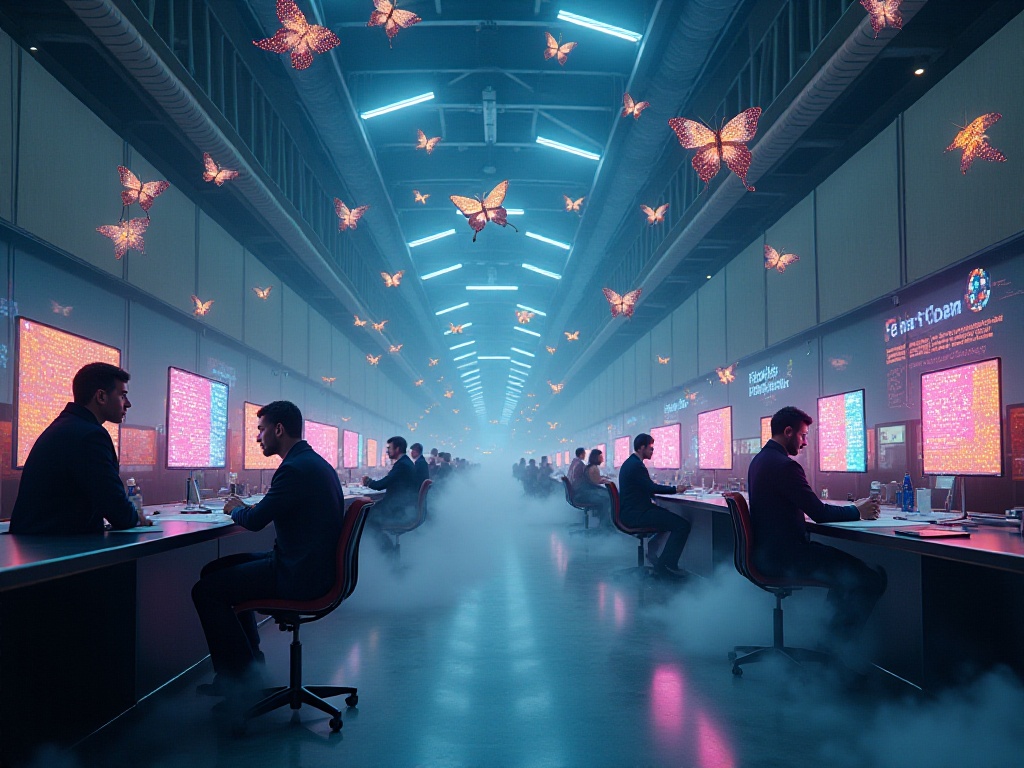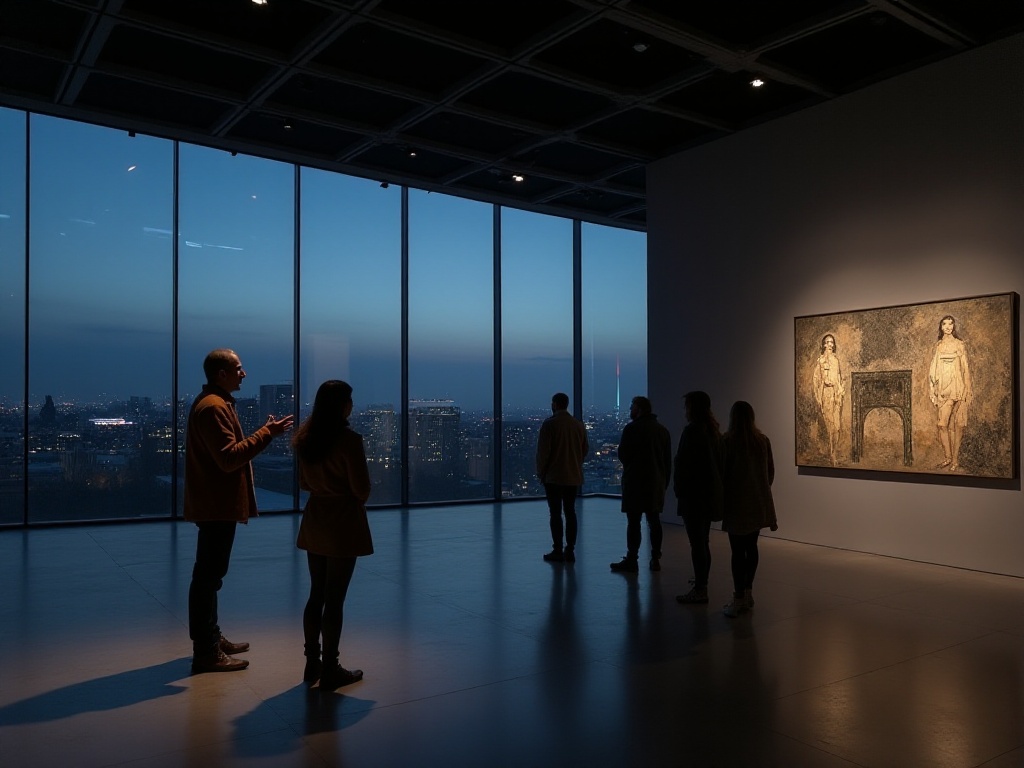
Preface
Friends, have you ever experienced this: walking into the British Museum, feeling overwhelmed by the dazzling array of exhibits, not knowing where to start? Or at the Louvre, only taking selfies with the Mona Lisa while missing countless other amazing artworks?
I remember my first visit to the British Museum, standing dumbfounded in front of the Rosetta Stone, having no idea why this stone was so famous. Only later did I learn that this stone was key to deciphering ancient Egyptian hieroglyphics, with the same content recorded in three different scripts, helping archaeologists finally understand Egyptian history that had been buried for thousands of years. Such stories behind the artifacts are what truly make museums interesting.
As a seasoned art enthusiast who has visited museums around the world, today I want to share some secrets that will make your museum visits extraordinary. Trust me, once you understand these secrets, you'll never find museums boring again.
New Ways to Experience
I remember my first solo visit to the Louvre, wandering around like a headless fly. Back then, I only knew that the Mona Lisa was famous and the Venus de Milo was beautiful, but I didn't understand why. Watching crowds around me taking photos and checking in, I mechanically took a few pictures too, but felt empty inside, sensing something was missing.
Until I discovered Context Travel's art history tours, which gave me a completely new understanding of museums. Imagine following a guide with a master's degree in art history, interpreting the stories behind each artwork from a professional perspective. For instance, with "Liberty Leading the People," the guide would not only tell you that the painting depicts the French July Revolution of 1830 but would also analyze the composition in detail: the woman holding the tricolor flag in the center symbolizes the Goddess of Liberty, leading the people from darkness to light. The contrast of light and shadow, facial expressions, and clothing details all reveal painter Delacroix's deep thoughts about this revolution.
Now such in-depth cultural experiences can be found in major cities worldwide. At the Tokyo National Museum, you can explore Edo period street life with an ukiyo-e expert. Hokusai's "Thirty-six Views of Mount Fuji" isn't just a series of landscapes but reflects the Japanese understanding of life and reverence for nature at that time. The guide will explain why the giant wave in "The Great Wave off Kanagawa" became the most representative image of Japanese ukiyo-e, and how this painting influenced later European Impressionist artists.
At the National Museum of Anthropology in Mexico City, professional archaeologists will guide you through the mysterious world of Mayan civilization. Those exquisite jade masks weren't just decorations but important ritual objects in ancient ceremonies. Through these artifacts, you can learn how the Maya understood life and death, calculated their calendar, and built pyramids. Behind each exhibit lies a fascinating story about ancient civilization.
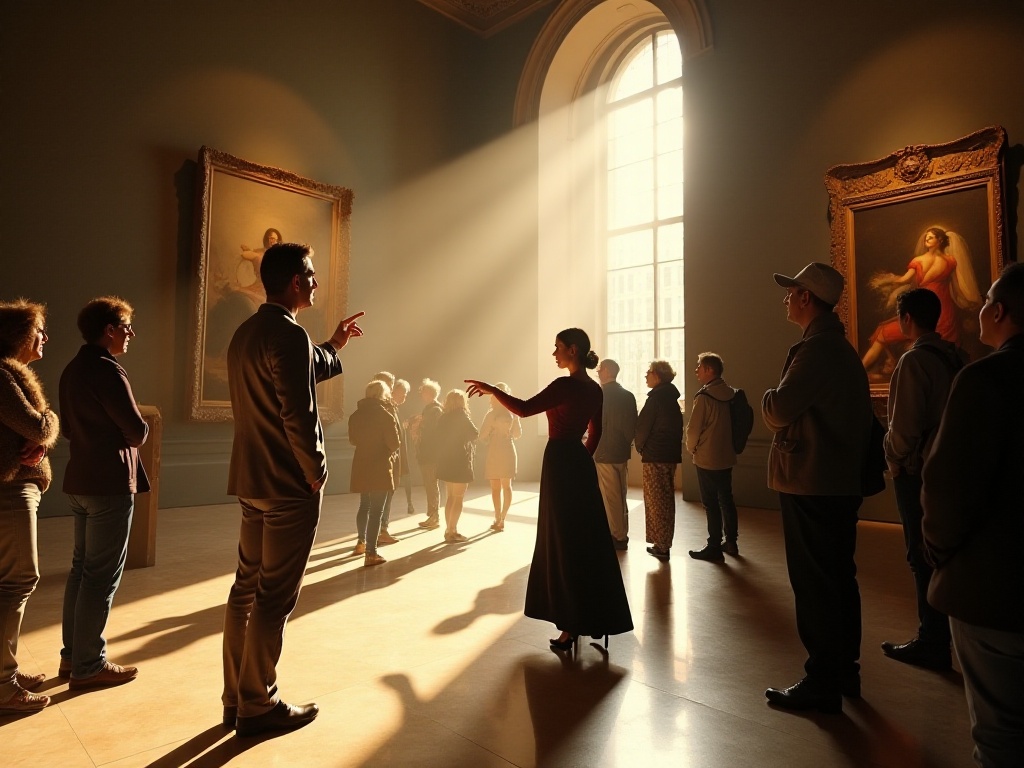
Jewish Culture
Speaking of unique cultural experiences, the Jewish Heritage Museum in New York's travel program is worth mentioning. What makes this program special is that it's not just a museum visit but a humanistic journey into understanding Jewish culture.
Between 2024 and 2025, they have planned several exciting itineraries. In Copenhagen, Denmark, you can explore historical sites where Danish people helped their Jewish neighbors escape Nazi persecution during World War II. In Berlin, besides visiting the famous Jewish Museum, you can enter local Jewish communities and understand how modern Germany has reconciled with this history.
In Krakow, Poland, you can visit Europe's largest medieval Jewish quarter and experience the former prosperity of this Jewish cultural center. In Fez, Morocco, you can see the distinctly different Sephardic Jewish culture, explore ancient Jewish communities, and taste unique Jewish-Moroccan cuisine.
Venice and Florence in northern Italy were once important Jewish cultural centers in Europe. Here, you can learn about Jewish merchants', scholars', and artists' significant contributions to European civilization during the Renaissance. In South America's Argentina and Cuba, you can see how Jewish immigrants took root in the New World, creating unique Latin American Jewish culture.
What makes these itineraries unique is their focus not just on history but on showing the vitality of contemporary Jewish culture. You can participate in Shabbat dinners to experience Jewish family life; visit Jewish schools and synagogues to understand how religious traditions are passed down in modern society; and attend Jewish concerts and art exhibitions to feel the creativity of Jewish culture.
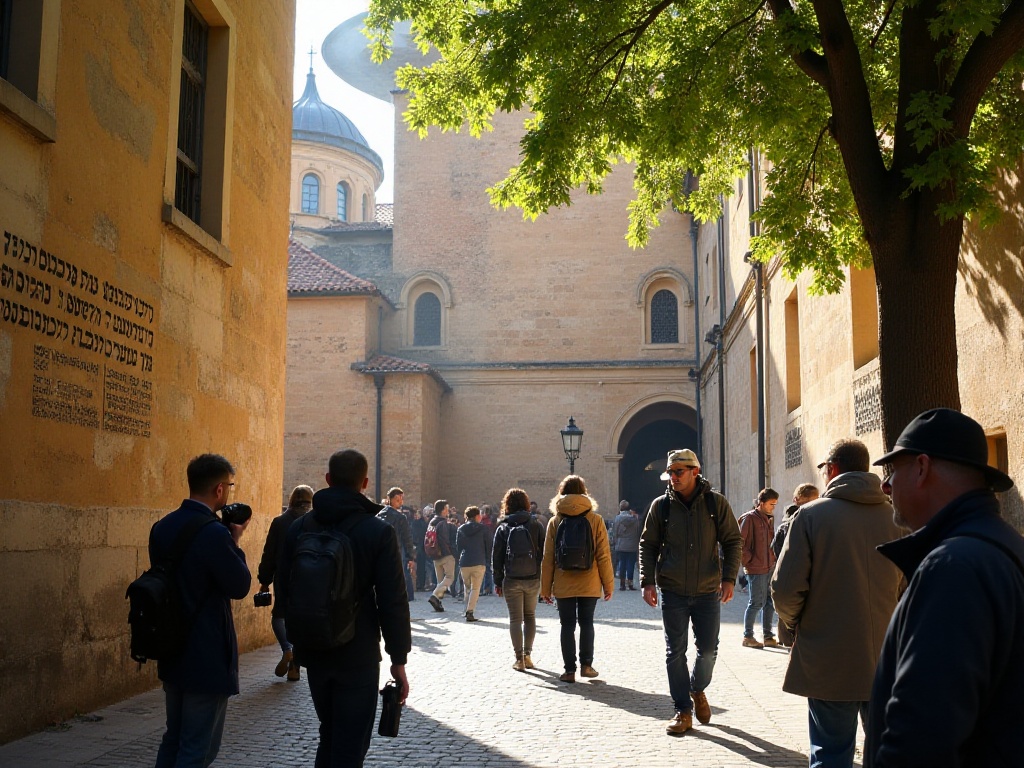
High-End Customization
If you're looking for a more professional art journey, Museum Travel Alliance's services are definitely worth considering. This organization combines resources from the world's top museums to provide unique, in-depth experiences for art enthusiasts.
Imagine being guided through the Acropolis Museum by the Metropolitan Museum of Art's director of Greek art. They can not only explain the artistic value of the Parthenon sculptures but also tell you how these sculptures were made and how ancient Greeks carved marble so vividly. During the visit, you might even have the chance to enter restoration workshops closed to regular visitors and observe the artifact restoration process up close.
Or, follow a curator from Florence's Uffizi Gallery for an in-depth understanding of Renaissance art. They'll take you to Botticelli's former studio and tell you how "Primavera" and "The Birth of Venus" were created. You can also visit the Medici family's private collection and learn how this family promoted the Renaissance's development.
At the Musée d'Orsay in Paris, Impressionist art experts will guide you through the footsteps of artists like Monet and Van Gogh. You can understand why Monet painted his "Water Lilies" series in Giverny's garden, or feel the atmosphere where artists gathered in small cafes on Montmartre.
These high-end customized itineraries are characterized by depth and professionalism. Each group is small, usually no more than 12 people, ensuring every participant has ample opportunity to interact with experts. The itineraries also include unique experiences like attending private collectors' dinners or visiting art studios normally closed to the public.
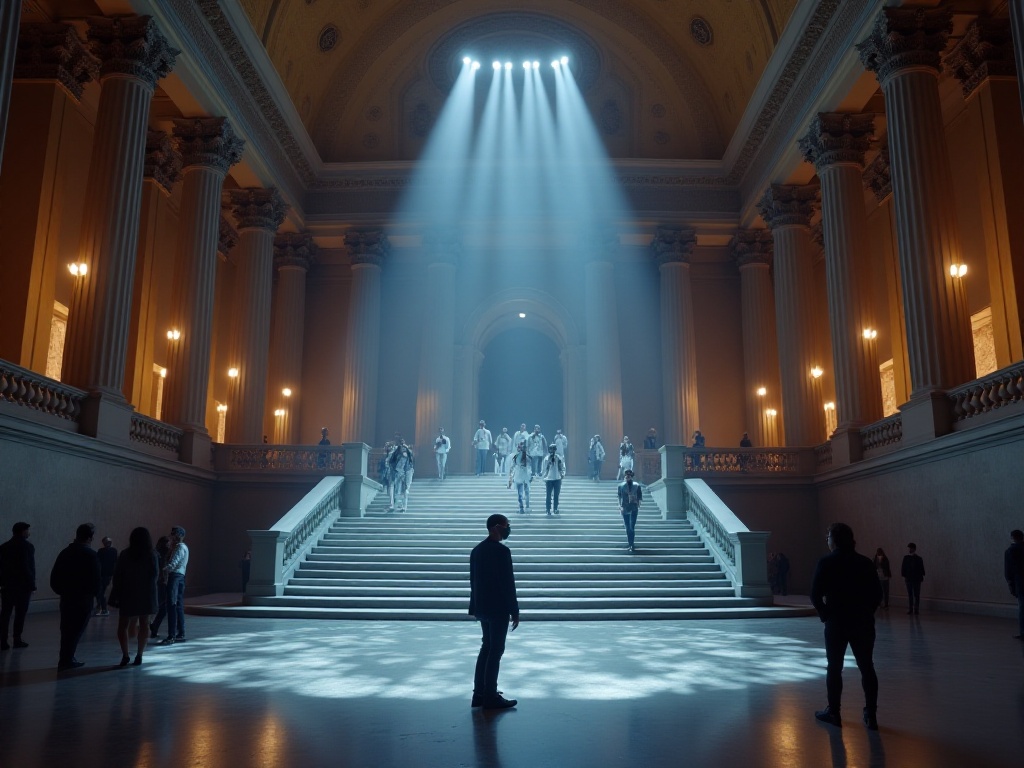
Virtual World Tours
Technological developments have revolutionized museum experiences. Now, you only need a computer or smartphone to appreciate art treasures from around the world anytime, anywhere.
The Metropolitan Museum of Art's VR tours are particularly well done. They don't just simply display 3D images of collections but create a complete virtual experience. For example, when appreciating Egyptian artifacts, you can "enter" ancient Egyptian temples through VR technology to see how these artifacts were used at the time. When viewing medieval armor exhibitions, you can even "try on" the armor to experience what it felt like to be a knight.
The Smithsonian National Air and Space Museum's online gallery takes you into the world of space exploration. Through virtual reality technology, you can board Apollo 11 and experience humanity's first moon landing moment; walk through the International Space Station to see how astronauts live in space; and closely observe how Mars rovers work.
The National Museum of Modern and Contemporary Art Korea's virtual tour service through Google Street View is also unique. You can not only appreciate works by Korean contemporary artists but also experience exhibition hall designs through 360-degree panoramic images. Each work comes with detailed text descriptions and audio guides, allowing you to get a professional art experience even at home.
The advantage of these virtual experiences is that you can repeatedly view content you're interested in without worrying about museum closing times. Moreover, many virtual exhibitions provide more detailed information than on-site visits, such as artwork creation processes and restoration records.
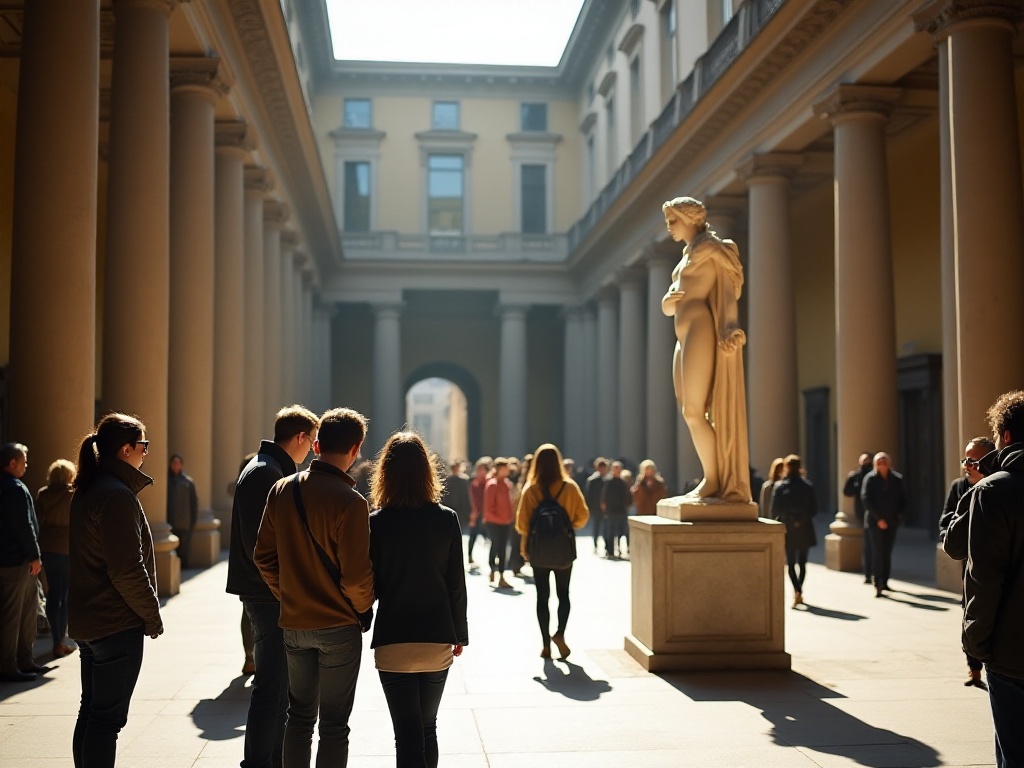
Personal Recommendations
Through years of in-depth museum visits, I've summarized some practical advice. First, always do homework beforehand. For example, before visiting the Rijksmuseum, I would learn about Rembrandt's major works. I'd know that "The Night Watch" isn't just Rembrandt's masterpiece but also a testament to the Dutch Golden Age. The painting depicts the Amsterdam militia company's group portrait, but Rembrandt didn't arrange figures in traditional rows, instead creating a dramatic scene. Understanding such background knowledge helps better appreciate this masterpiece.
Second, don't try to see everything; rather than rushing through the entire museum, focus on deeply understanding a few pieces that interest you most. Take the British Museum - the Egyptian gallery alone could take a full day. Instead of hurriedly walking through all galleries, spend time carefully studying a few mummies to understand ancient Egyptian embalming techniques and burial customs.
During visits, don't just focus on taking photos. Many people immediately reach for their phones in museums. Rather than taking countless photos you might never look at again, use your eyes to observe carefully and your heart to feel the artwork's charm.
If time and budget allow, strongly consider joining professional tours. Good guides can not only explain artworks' historical background but help you discover many easily overlooked details. For example, at Musée d'Orsay, guides will tell you why Monet used pointillism and how this technique influenced later modern art development.
Finally, learn to utilize museums' educational resources. Many museums hold lectures, workshops, and special exhibitions that often provide deeper understanding of art. For instance, the British Museum frequently holds ancient writing workshops letting participants experience writing in cuneiform script.
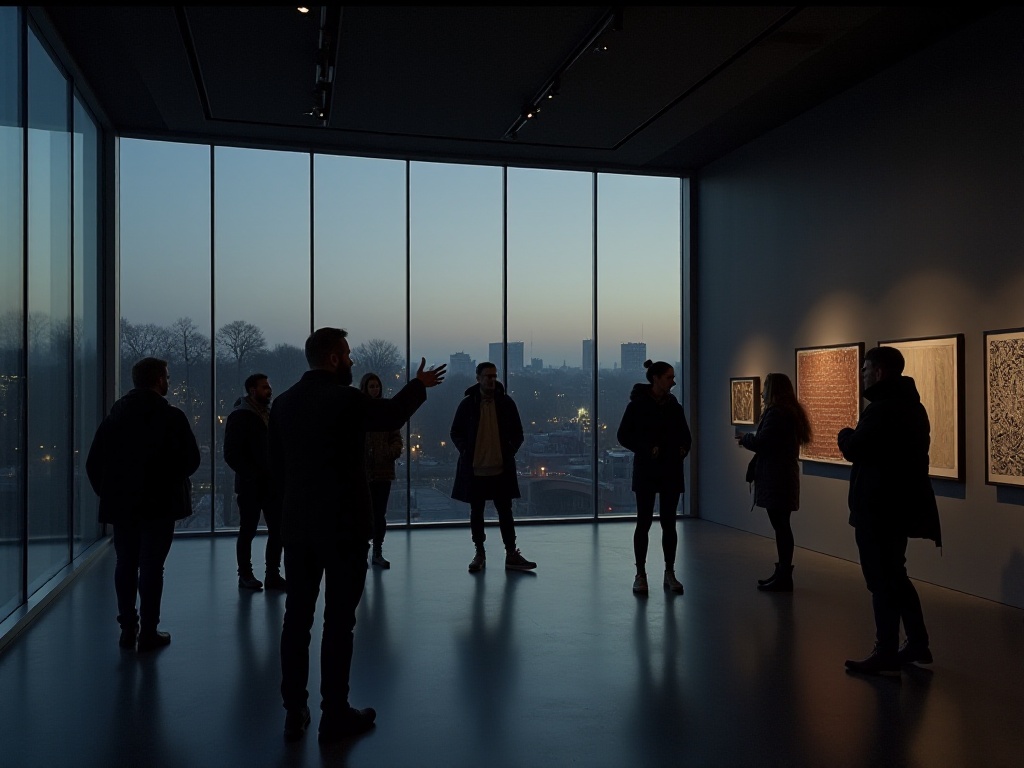
Looking Forward
With technological development, museum experiences are undergoing revolutionary changes. Virtual reality technology allows us to appreciate art in unprecedented ways. Imagine putting on VR goggles to "walk into" Van Gogh's "Starry Night" and feel the swirling stars; or stand under the Sistine Chapel's ceiling to closely appreciate Michelangelo's fresco details.
AI guides allow everyone to receive professional art interpretation. AI guides can adjust content based on your interests and knowledge level while answering questions in real-time. For example, standing before an Impressionist painting, AI can analyze brush techniques, tell you how the painting was created, and even recommend other similar style works.
Augmented Reality (AR) is also changing how we view exhibitions. Through phones or AR glasses, you can see 3D restorations of artifacts. For instance, AR technology can show you how a fragmentary ancient Greek vase looked when complete, or recreate the former glory of Roman ruins.
In the near future, holographic technology might allow us to have "face-to-face" conversations with historical figures. Imagine listening to Da Vinci explain the creation process of the Mona Lisa, or painting en plein air with Monet in Giverny's garden. These seemingly sci-fi scenarios might soon become reality.
But will these new technologies completely change how we visit museums? I don't think so. While technology can bring richer experiences, it can never replace the emotion of facing real artworks. Standing before the actual "Sunflowers" to feel Van Gogh's thick brushstrokes, or closely appreciating Michelangelo's David to experience his masterful sculpting technique - these are experiences virtual technology cannot fully replicate.
Future museums might perfectly combine physical exhibitions with digital technology. Physical exhibitions let us directly experience artwork's charm, while digital technology provides multi-dimensional interpretation and experience. This combination will make museums more attractive and art appreciation more accessible.
Will these new technologies make physical museums more interesting? I believe so. Technology isn't the goal but the means. Its purpose is to help us better understand and appreciate art, bringing new vitality to museums as traditional cultural spaces.
As for what results these changes will ultimately bring, let's wait and see. After all, in the world of art, infinite possibilities always exist.
Next
Virtual Reality Tour of the Louvre Museum in Paris
In the heart of Paris, where the Seine gently flows and history whispers from every corner, stands the majestic Louvre Museum. For centuries, this architectural marvel has been a beacon of art and culture, drawing millions of visitors each year to marvel at its unparalleled collection. But what if you could step inside this treasure trove of human creativity without leaving your home? Welcome to the future of art appreciation: the virtual reality tour of the Louvre.
Encountering Art at the Louvre: An Art History Expert's Guide to the Museum's Top Three Treasures
Explores diverse museum tour experiences including professional guided visits, private group tours, virtual museum exploration, and customized itineraries, featuring art historian interpretations and curator-led tours for unique museum visiting experiences
Customized Museum Tours: In-depth Sharing and Practical Insights from a Professional Guide
A comprehensive guide to various museum tour experiences, including professional guided visits, customized museum journeys, curator-led themed tours, and virtual museum exhibitions, offering art and culture enthusiasts diverse ways to explore world-renowned museums
Next
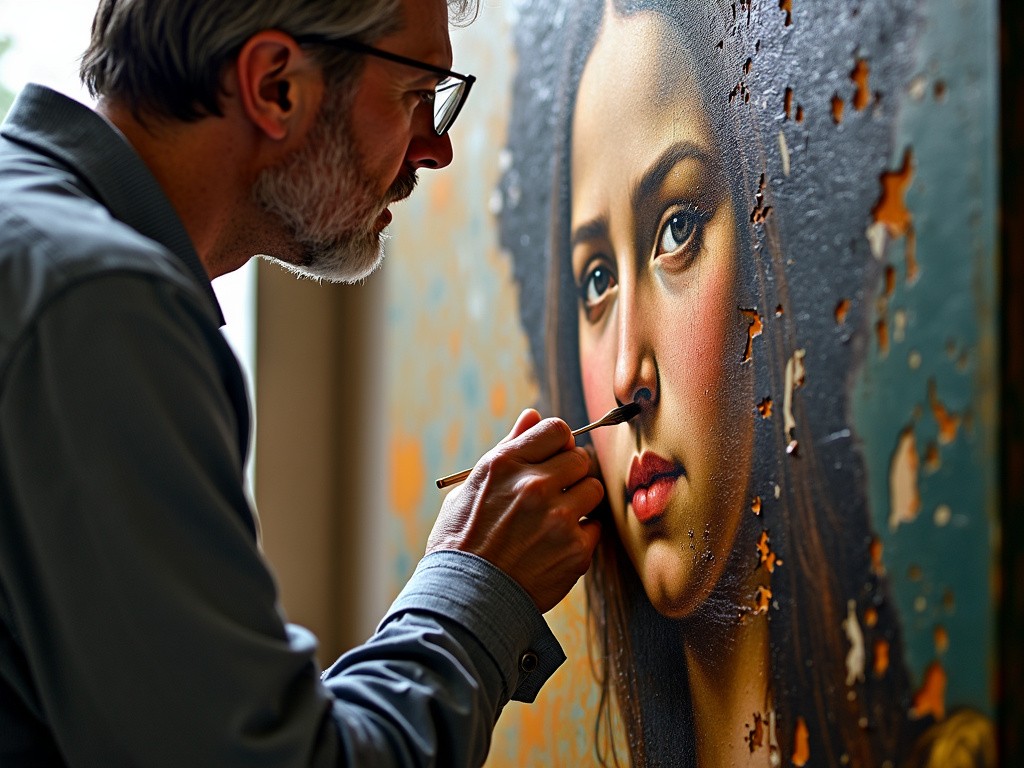
Virtual Reality Tour of the Louvre Museum in Paris
In the heart of Paris, where the Seine gently flows and history whispers from every corner, stands the majestic Louvre Museum. For centuries, this architectural marvel has been a beacon of art and culture, drawing millions of visitors each year to marvel at its unparalleled collection. But what if you could step inside this treasure trove of human creativity without leaving your home? Welcome to the future of art appreciation: the virtual reality tour of the Louvre.
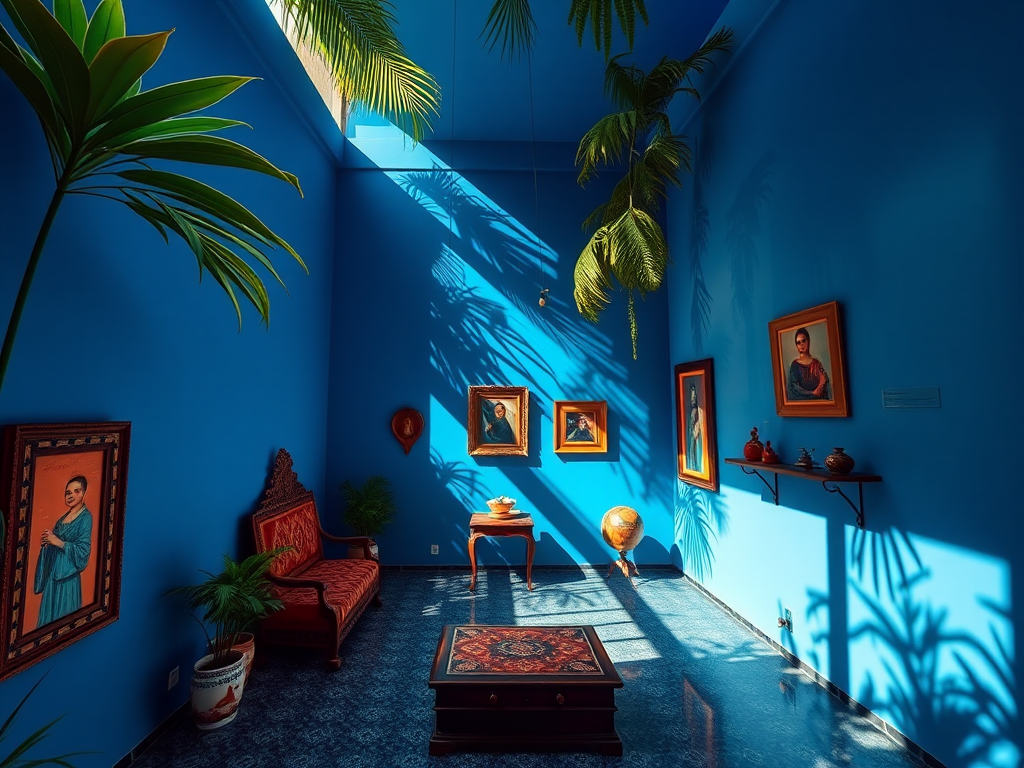
Encountering Art at the Louvre: An Art History Expert's Guide to the Museum's Top Three Treasures
Explores diverse museum tour experiences including professional guided visits, private group tours, virtual museum exploration, and customized itineraries, featuring art historian interpretations and curator-led tours for unique museum visiting experiences
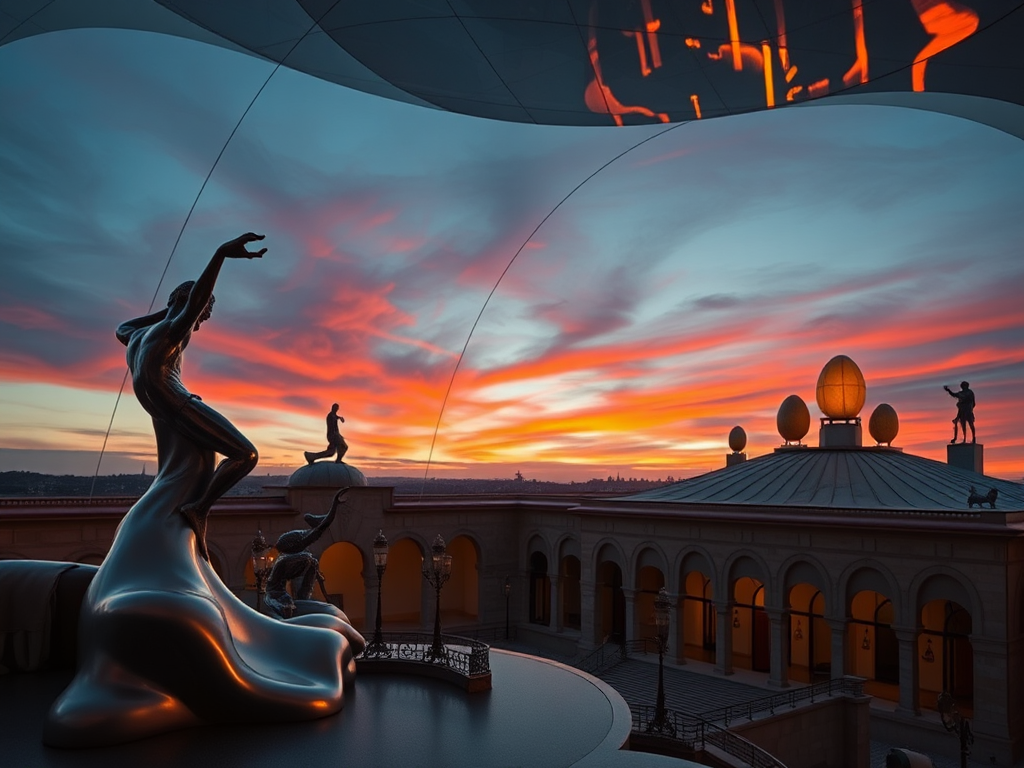
Customized Museum Tours: In-depth Sharing and Practical Insights from a Professional Guide
A comprehensive guide to various museum tour experiences, including professional guided visits, customized museum journeys, curator-led themed tours, and virtual museum exhibitions, offering art and culture enthusiasts diverse ways to explore world-renowned museums

